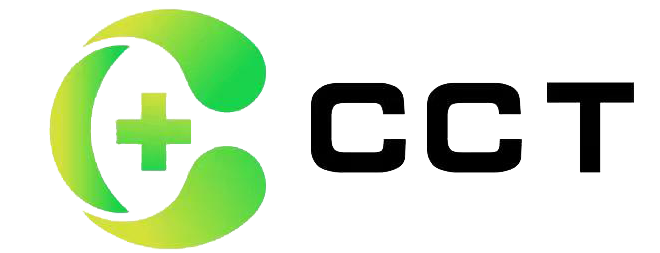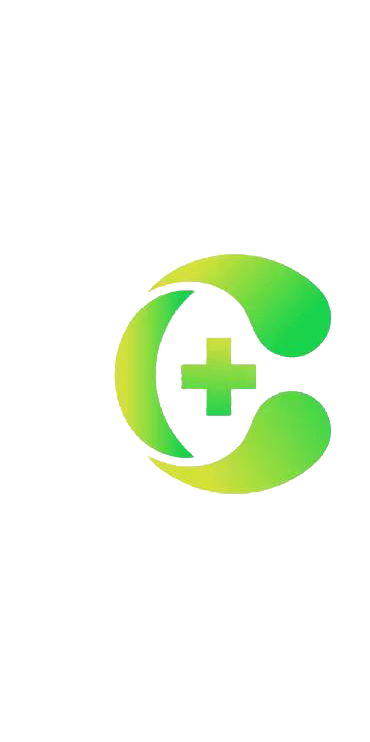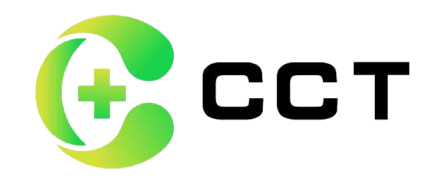Nonwoven Fabric
The definition of nonwoven fabric is: a sheet, web, or pad made by combining oriented or randomly arranged fibers through friction, interlocking, or bonding, or a combination of these methods, excluding paper, woven fabrics, knitted fabrics, tufted fabrics, and wet felted products. Because it is a fabric that does not require spinning or weaving but is formed by orienting or randomly arranging textile short fibers or long fibers to form a web structure, and then reinforcing it using mechanical, thermal bonding, or chemical methods.
Classification of non-woven fabrics
Nonwoven fabrics break through traditional textile principles and have the characteristics of short process flow, fast production speed, high output, low cost, wide application, and multiple sources of raw materials. They are a new generation of environmentally friendly materials with features such as water repellency, breathability, flexibility, noncombustible, non-toxic and nonirritating, and rich colors.
The main fibers used in non-woven fabric production are polypropylene (PP) and polyester (PET). In addition, there are nylon (PA), viscose fiber, acrylic fiber, polyethylene terephthalate (HDPE), and polyvinyl chloride (PVC).
According to application requirements, non-woven fabrics are divided into two categories: disposable and durable.
The production process can be divided into:
1. Spunlace nonwoven fabric:
The spunlace nonwoven fabric is sprayed high-pressure fine water onto one or more layers of fiber webs, causing the fibers to entangle with each other, thereby reinforcing the fiber webs and giving them a certain strength.
2. Thermal bonded non-woven fabric:
Thermal bonded non-woven fabric refers to adding fibrous or powdery hot melt adhesive reinforcement materials to the fiber web, and then heating, melting, and cooling the fiber web to reinforce it into a fabric.
3. Pulp air-laid non-woven fabric:
Air-laid non-woven fabric can also be called dust-free paper or dry papermaking non-woven fabric. It uses airflow web technology to loosen wood pulp fiberboard into a single fiber state and then uses the air flow method to aggregate the fibers on the web curtain. The fiber web is reinforced into the fabric. The raw material of airlaid napkin is Air-laid non-woven fabric.

4. Wet process non-woven fabric:
Wet process non-woven fabric is made by loosening fiber raw materials placed in an aqueous medium into single fibers, and mixing different fiber raw materials to produce fiber suspension slurry. The suspension slurry is transported to the web-forming mechanism, and the fibers are formed into a web in a wet state and then reinforced into the fabric.

5. Spunbond nonwoven fabric:
Spunbond nonwoven fabric is formed by extruding and stretching polymers into continuous filaments, which are then laid into a web. The web is then self-bonded, thermally bonded, chemically bonded, or mechanically reinforced to turn it into nonwoven fabric.

6. Melt-blown non-woven fabric:
The process of melt-blown non-woven fabric includes polymer feeding, melt extrusion, fiber formation, fiber cooling, web formation, and reinforcement into the fabric.

7. Needle-punched non-woven fabric:
Needle-punched non-woven fabric is a type of dry non-woven fabric that uses the puncture effect of needles to reinforce fluffy fiber webs into the fabric. The blog: needle punched nonwoven fabrics uses

8. Stitch woven non-woven fabric:
Stitch woven non-woven fabric is a type of dry non-woven fabric, which uses a warp-knitted coil structure to reinforce fiber webs, yarn layers, non-woven materials (such as plastic sheets, plastic thin metal foils, etc.) or their combinations to make non-woven fabric.
9. Hydrophilic non-woven fabric:
mainly used in the production of medical and health materials to achieve a better hand feel and avoid scratching the skin. Sanitary napkins and sanitary pads utilize the hydrophilic function of hydrophilic non-woven fabrics.

Application of nonwoven fabric
1. Geosynthetic materials
Geosynthetics are a high-tech, high-value-added industrial textile material with a wide range of applications. Nonwoven geotextiles mainly include spunbond geotextiles, short fiber needle punched geotextiles, hot melt bonded geotextiles, geonets and grids, geomembranes, and composite geotextiles. Geotextiles have functions such as reinforcement, isolation, filtration, drainage, and anti-seepage in geotechnical construction.
2. Non-woven filter material
Filter materials have become an essential product in modern society. As a new type of filter material, non-woven filter materials are gradually replacing traditional textile filter materials with their unique three-dimensional mesh structure, uniform pore distribution, good filtration performance, low cost, and wide variety, becoming the dominant product of filter media and developing rapidly.
3. Nonwoven fabric for medical and health purposes
Medical non-woven fabric is a product with development potential, which fully utilizes the advantages of fibers as healthcare materials. It is a product of the emerging industry discipline formed by the integration and intersection of multiple disciplines and technologies. Including surgical gowns, protective clothing, disinfectant bags, masks, diapers, household cloths, wiping cloths, wet wipes, magic towels, soft tissue rolls, beauty products, sanitary napkins, sanitary pads, and disposable sanitary cloths.
4. Agricultural non-woven fabric
Agricultural non-woven fabric has a long service life, good effect, and low investment. Promoting the use of agricultural non-woven fabric is conducive to promoting agricultural modernization. The main agricultural uses include covering, insulation, heat preservation, wind barriers, fruit protection, pest and disease prevention, seedling cultivation, sowing, covering, etc.
5. Nonwoven fabric for clothing
The non-woven adhesive lining used for clothing has the characteristics of light weight, softness, low cost, wide range of thickness variation, strong adaptability, nondirectional fiber arrangement, and high stretchability, making it easy to be compatible with various fabrics. Including lining, adhesive lining, floc, shaping cotton, various synthetic leather base fabrics, etc.
6. Home decoration, daily necessities, and packaging materials
Mainly refers to the lining cloth of sofas and beds, curtains and curtains, tablecloths, household appliance covers, suit covers, car interiors, car protective covers, wiping cloths, equipment materials, and product packaging cloths, etc.
Characteristics and Applications
Durability, disposable. Insulation and conductivity. Flexibility, rigidity. Fine and expansive.
Isotropic, anisotropic. Filtration, breathable and impermeable. Elasticity, rigidity.
Light, loose, warm. Thin as cicada wings, thick as felt. Waterproof and breathable.
Ironing, stitching, and molding. Flame retardant and anti-static. Permeable, waterproof, wear-resistant, and velvety.
Wrinkle resistant, excellent elasticity, high moisture absorption, and water repellent.
Medical and health:
surgical gowns, hats, covers, gypsum cotton pads, women’s sanitary napkins, baby diapers, wet wipes, sanitary underwear, and dust covers.
Agriculture:
Harvest cloth, greenhouse cloth.
Industry:
floppy disk liner, speaker cloth, filter material, sound insulation felt for speakers, sealing ring liner, cable cloth, fiberglass reinforced cloth, industrial wiping cloth, shock-absorbing pad, insulation material, tape baseliner, pipe baseliner, ventilation duct, sandpaper.
Packaging:
Composite cement bag, luggage lining fabric, packaging baselining, duvet, storage bag, mobile jacquard luggage fabric.
Clothing and shoe making:
clothing lining, flocking, toe hard lining, heel lining, underwear, synthetic deerskin, synthetic leather, warm shoe lining, and cloth shoe sole lining.
Automotive industry:
waste spun insulation felt, shock-absorbing felt, canopy, seat cushion lining, carpet, door lining, car filter element, and molded seat cushion.
Household clothing:
Sofa upholstery, carpet, wallpaper, mirror cloth, tea bags, vacuum cleaner filter bags, shopping bags, printed bed sheets, social covers, soft cushions, sleeping bags, dry cleaning cloths, scouring pads, curtains, tablecloths, lampshades.
Civil engineering, construction:
reinforcement, strengthening, filtering, felt substrate, drainage board, roof waterproofing material, railway, highway, embankment, water slope, port sound insulation, sewer, heat prevention, separation, and drainage.
Other uses:
carrier rocket, missile head heat-resistant cone, tail nozzle throat lining, advanced printing paper, space shuttle heat-resistant tiles, map cloth, calendar cloth, artificial cloth, oil painting cloth.




